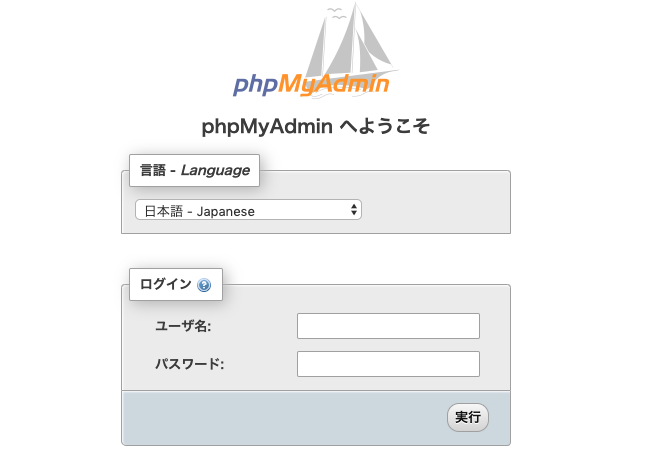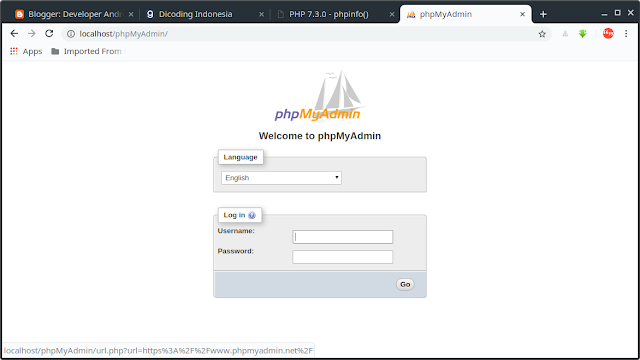
This can cause issues with some apps that need to connect to the database via root. You can’t authenticate as a root by providing a password. The auth_socket plugin authenticates users that connect from the local host through the Unix socket file. The latest MariaDB servers come with a root user set to use the auth_socket authentication method by default.
#Phpmyadmin nginx mariadb how to#
How to create a phpMyAdmin user for MariaDB To verify that MariaDB is installed and running, run the commands below. If you've just installed MariaDB, and haven't set the root password yet, you should just press enter here.Įnter current password for root (enter for none): PRESS ENTER When prompted, answer the questions below by following the guide. sudo systemctl stop rviceĪfter that, run the commands below to secure the MariaDB server by creating a root password, disallowing remote root access removing anonymous, and more.
#Phpmyadmin nginx mariadb install#
sudo apt install mariadb-serverĪfter installing MariaDB, the commands below can stop, start and enable the MariaDB service to start up when the server boots. To install MariaDB run the commands below. phpMyAdmin should also work with the MySQL database server, but we’re going to install it here. For our database server, we’re going to install MariaDB. PhpMyAdmin is a tool to manage database servers. If you see a similar page above, Nginx is installed and functioning. To find out if Nginx is installed and running, simply open your web browser and type in the server’s IP or hostname. sudo apt updateĪfter installing Nginx, the commands below can be used to stop, start and enable Nginx services to always start up with the server boots. To install Nginx on the Ubuntu server, run the commands below. PhpMyAdmin needs a web server to function, and Nginx HTTP Server is a great open-source server that you can use with phpMyAdmin.


To get started with installing phpMyAdmin, continue with the steps below: How to install Nginx on Ubuntu Linux With phpMyAdmin, you’ll be able to manage MySQL databases, user accounts, and privileges, execute SQL statements, import and export data in a variety of data formats, and much more. However, for those not comfortable using the command line interface to manage databases, the phpMyAdmin web interface is a great alternative. Traditionally, users typically connect to a database server’s console and run queries and commands to manage databases, users’ permissions, and other tasks. phpMyAdmin is an open-source web-based tool that allows users to easily manage MySQL or MariaDB databases from their favorite web browsers. This post shows students and new users the steps to install and configure phpMyAdmin on Ubuntu Linux with Nginx support.


 0 kommentar(er)
0 kommentar(er)
